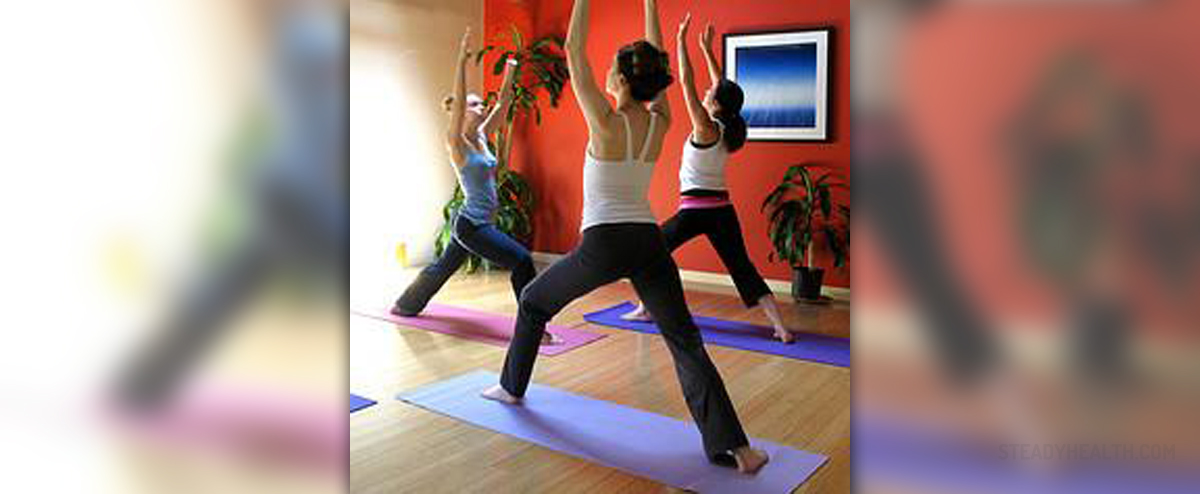
Osteopenia represents bone weakening or decalcification which eventually leads to a decrease in overall bone density. Individuals suffering from osteopenia are at risk of osteoporosis, which most commonly develops after certain period of time. Osteopenia usually affects individuals over 30 years of age.
Osteopenia is efficiently brought under control with exercises. There are three types of exercises performed for this purpose, balance exercisea, coordination exercises and exercises for bone density. However, this medical condition additionally requires a balanced diet rich in vitamins and minerals, especially vitamin D, vitamin K, calcium and magnesium.
Benefits of Exercise for Osteopenia
Most exercises for osteopenia can be easily performed at home. Since the condition is characterized by bones getting thinner, the goal of exercising program is to increases bone density. The affected bones may successfully get back to normal with the help of weight-bearing exercises. Walking, jogging, climbing stairs, playing tennis, squats, swimming and weight lifting are all activities that may be incorporated in one's life and be of great help when it comes to dealing with osteopenia.
Apart from the mentioned, patients may be prescribed specific exercises for the condition, those which are aimed to improve one's balance, coordination and bone density.
The main concern of individuals suffering from osteopenia is connected with accidental falls and fractures. This is the reason why such people are also due to increase muscle strength and stability in order to prevent these complications.
Are there any Negative Effects of Exercise?
Moderate exercises are beneficial and they provide with best effects if one sticks to the exercise plan. Every exaggeration and extreme exercises may only make matters worse. For instance, large volumes of exercise, particularly over a long period of time, may put permanent stress on bones and prevent restitution of bone density. Furthermore, women who exercise a lot, have a low body fat percentage and are basically thin (low body weight) should pay even more attention when exercising. These factors may be a reason of low estrogen and lack of calcium, both of which are major contributors to osteopenia and subsequent osteoporosis.
Osteopenia - Risk Factors
Osteopenia cannot be brought under control in individuals who have a low body weight, low percentage of body fat as well as those who lead sedentary lives or are extreme exercisers. In fact it can only progress.
Risk of developing condition is high in people with a positive family history. Also, women and elderly individuals are more prone to osteopenia comparing to men and younger people.





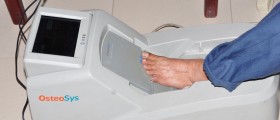
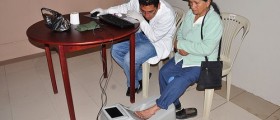
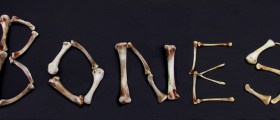
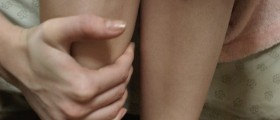
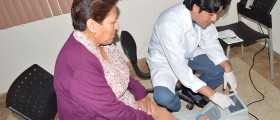

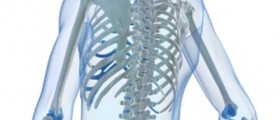

-Test-And-What-Do-The-Results-Mean_f_280x120.jpg)

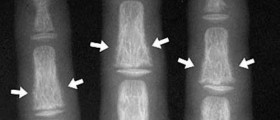

Your thoughts on this
Loading...